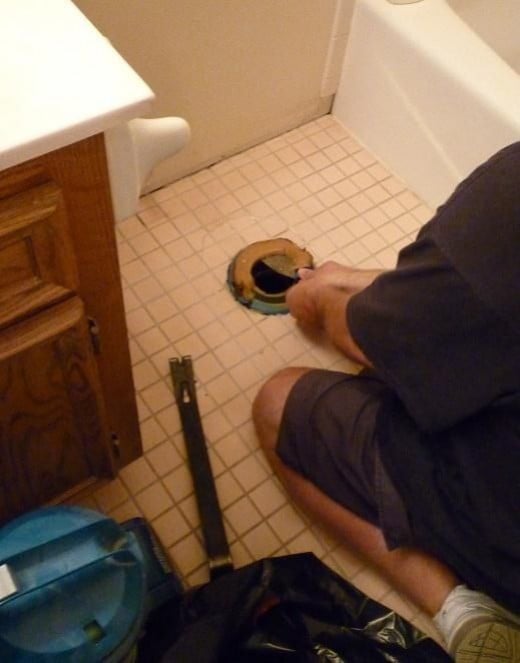
Mix the grout in a bucket using the recommended ratio of water and grout mix until it reaches a smooth, clump-free consistency. When it's dry, remove the spacers and use a scraping tool to remove any excess mortar that squeezed out of the gaps and onto the surface of the tile. This can be anywhere from 12 to 48 hours, depending on the product and weather conditions. Once complete, wash off your tools and clean out your bucket.Īllow the mortar to set for the length of time indicated by the manufacturer. Continue spreading mortar and laying tiles until the slab is covered with tile. Occasionally check that the tiles are flush to each other and level throughout by resting a spirit level across the top of several tiles at a time. Continue laying tiles, applying spacers, and checking for flush and level until the area of mortar you spread is covered. Continue laying tiles side-by-side, and place spacers between each one to produce a consistent gap for the grout in the next step. Since you will largely be working on your knees while spreading the mortar and laying the tiles, consider wearing knee pads to stay comfortable and injury-free.Īpply an even layer of mortar to the underside of the tile (this is called back-buttering), and gently press the tile onto the mortar until it's well seated.

Mark out these areas on the substrate using a chalk line. Generally speaking, there should be an expansion joint for every 12- to 16-feet of tile, and at any point the tile contacts a vertical surface such as walls or steps. An expansion joint is a 1/8- to 3/8-inch gap between sections of tile that accommodates the natural expansion and contraction of the tiles when exposed to different temperatures. Doing so will help to maintain your workflow once you start laying the tile by helping you avoid the need to run to the store for more tiles or stop to make cuts.Īt this point, you should also lay out where your expansion joints are going to go.

Laying out your tiles in advance (dry-laying) will help to ensure that you have enough tiles to finish the job, and allows you to make any specialty cut-as needed to fit against walls and around corners, for example-before mixing and spreading the mortar. Isolation membranes are available in rolls of rubbery fabric sheets or spreadable slurry mixtures. The Spruce Home Improvement Review BoardĬrack isolation membranes offer a barrier between the tiles and substrate, so cracks in the substrate don't telegraph into the tiles.


 0 kommentar(er)
0 kommentar(er)
